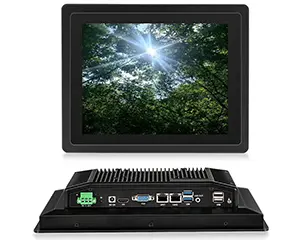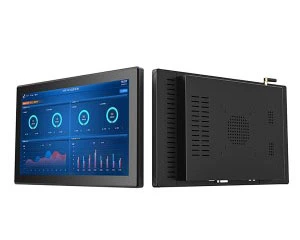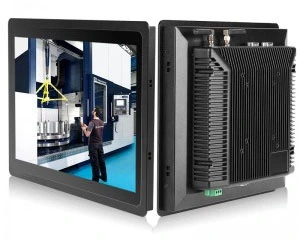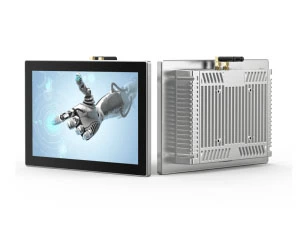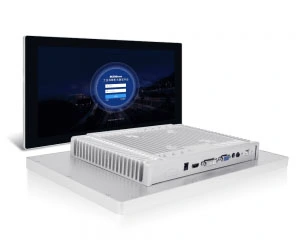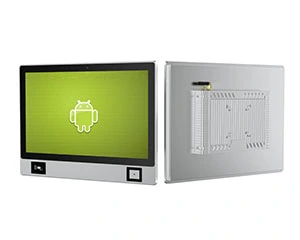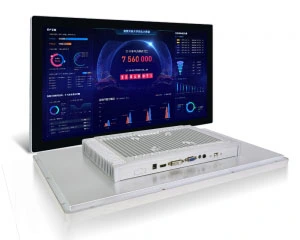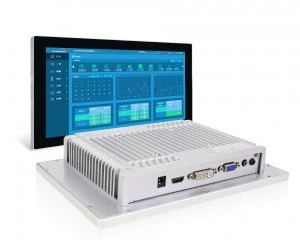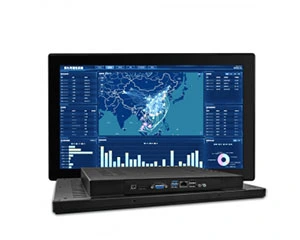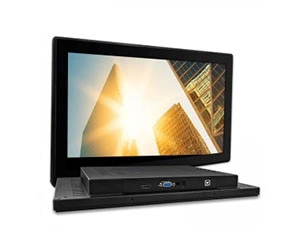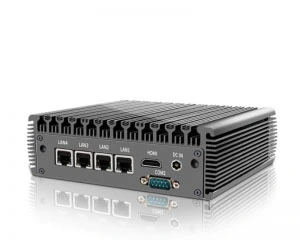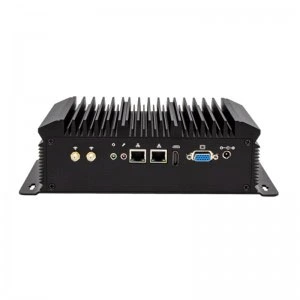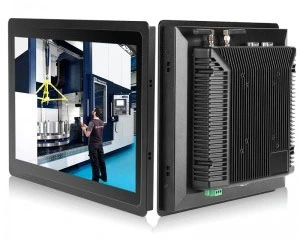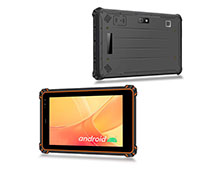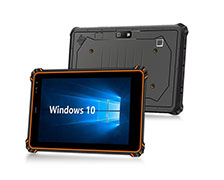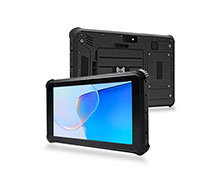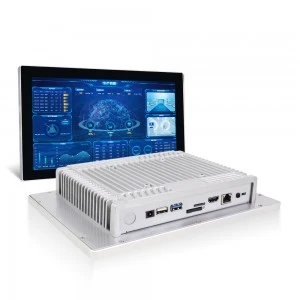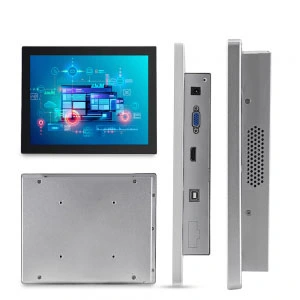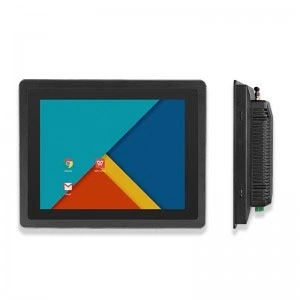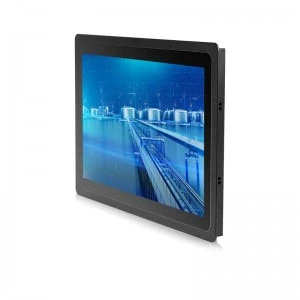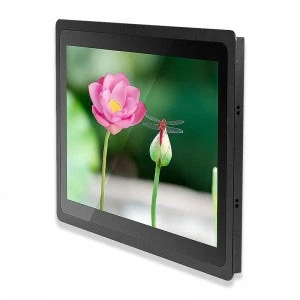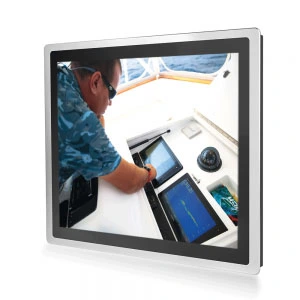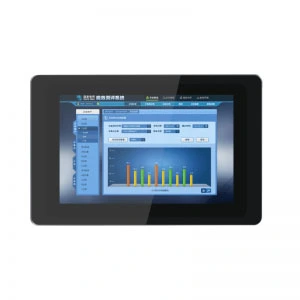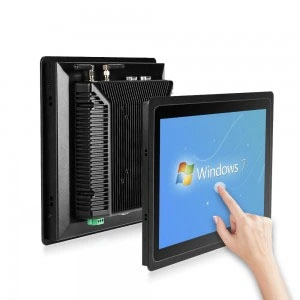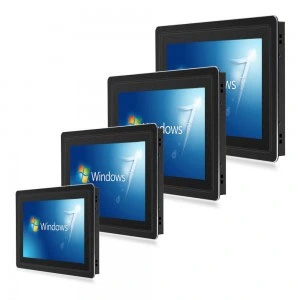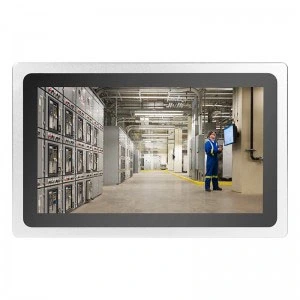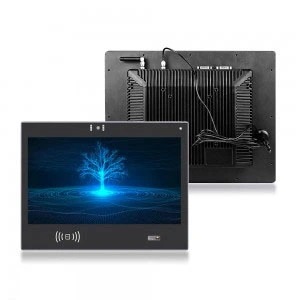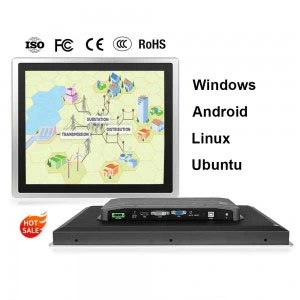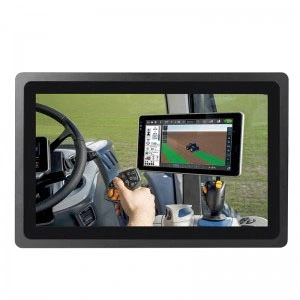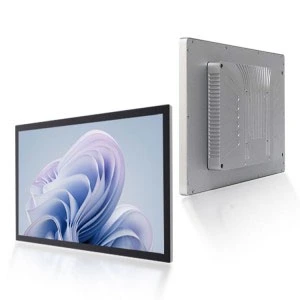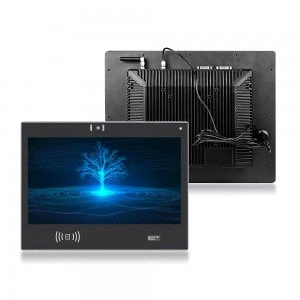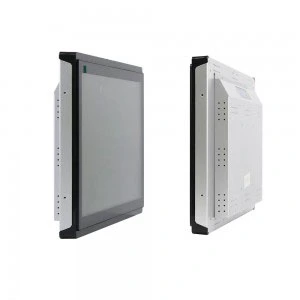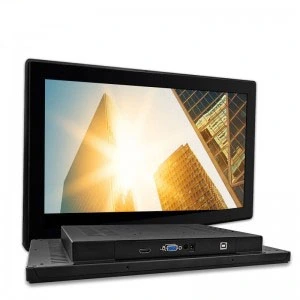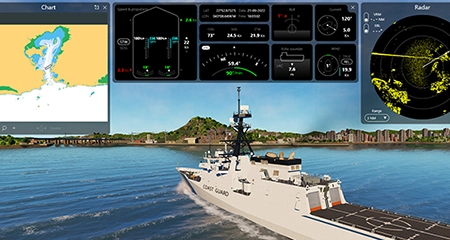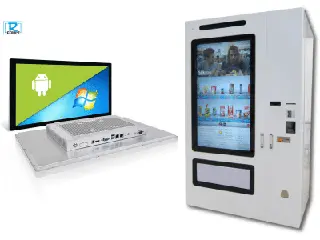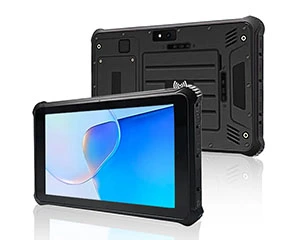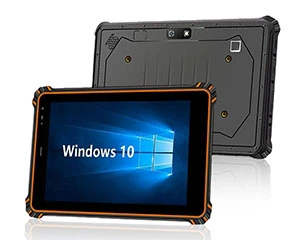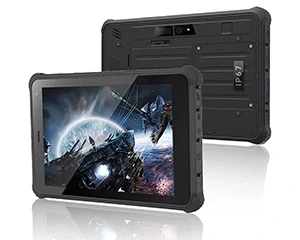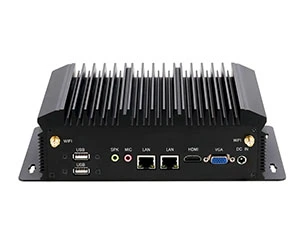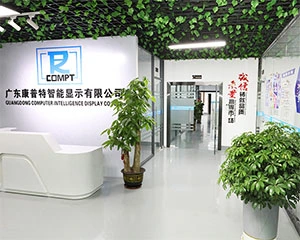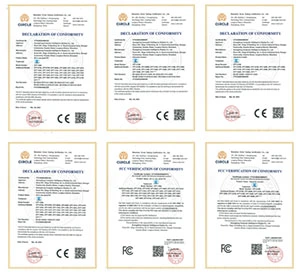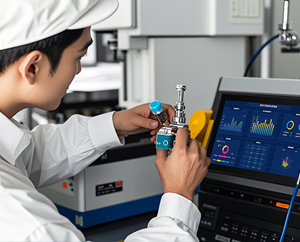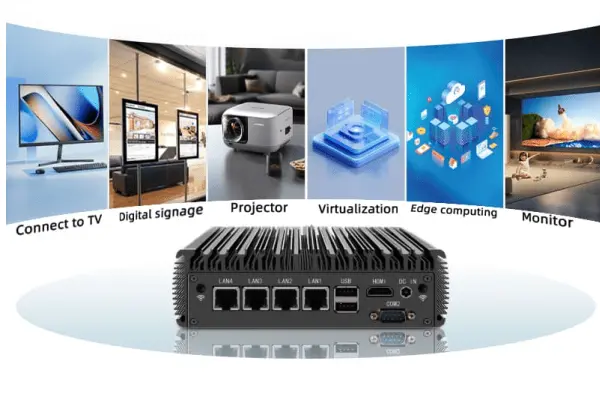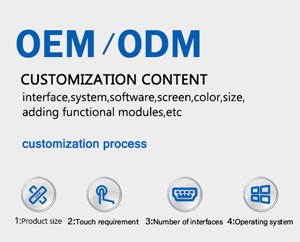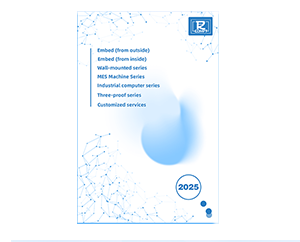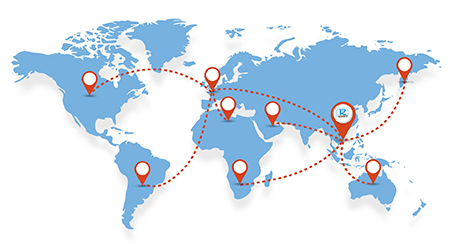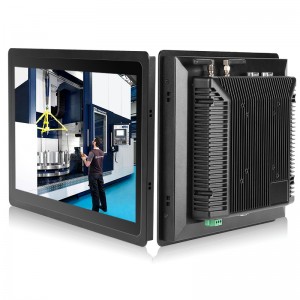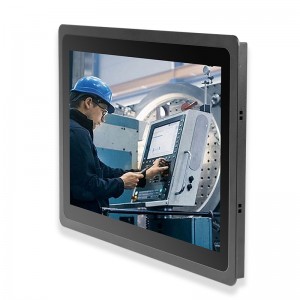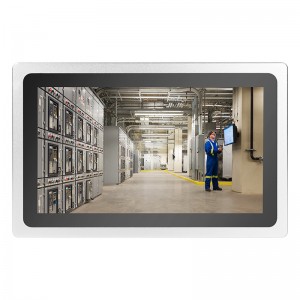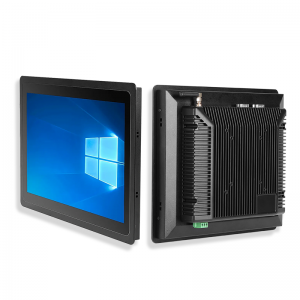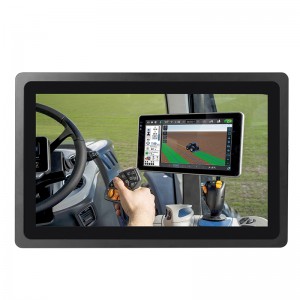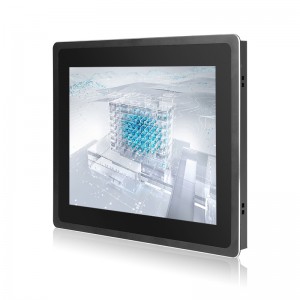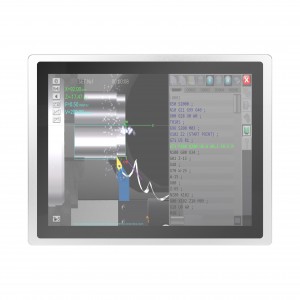Capacitive touch screen has advantages in touch accuracy, light transmission and durability, and is suitable for application scenarios that require high precision touch and multi-touch. Resistive touch panels are suitable for application scenarios that do not require high touch accuracy. Which technology to choose depends on the specific application requirements and budget considerations.
Working Principle: Capacitive touch screen utilizes the capacitive effect to detect the touch, and determines the touch position through the change of charge between the inductive plate and the conductive layer. Resistive touchscreens, on the other hand, determine the touch position through the change in resistance between the two conductive layers.
Touch accuracy: Capacitive touch screen has higher touch accuracy and can support finer touch operations, such as finger sliding, zooming in and out. The touch accuracy of resistive touch screen is relatively low, which is not suitable for fine operation.
Multi-touch: Capacitive touch screen supports multi-touch, which can recognize and record multiple touch points at the same time, and can realize more touch operations, such as two-finger zoom in and out, multi-finger rotation and so on. Resistive touch screen generally can only support single touch, can not recognize multiple touch points at the same time.
Touch perception: Capacitive touch screen is very sensitive to changes in finger capacitance, which can realize faster touch response and smoother touch experience. Resistive touch screen on the touch pressure perception is relatively weak, the touch response speed may be slower.
To summarize, capacitive touch screen is more widely used in touch all-in-one machine, with higher touch accuracy, more touch operations and better touch perception, while resistive touch screen is suitable for some scenarios that do not require high touch accuracy.

Penny
Web Content Writer
4 years of experience
This article is edited by Penny, the website content writer of COMPT, who has 4 years working experience in the industrial PCs industry and often discusses with colleagues in R&D, marketing and production departments about the professional knowledge and application of industrial controllers, and has a deep understanding of the industry and products.
Please feel free to contact me to discuss more about industrial controllers. sales@gdcompt.com

